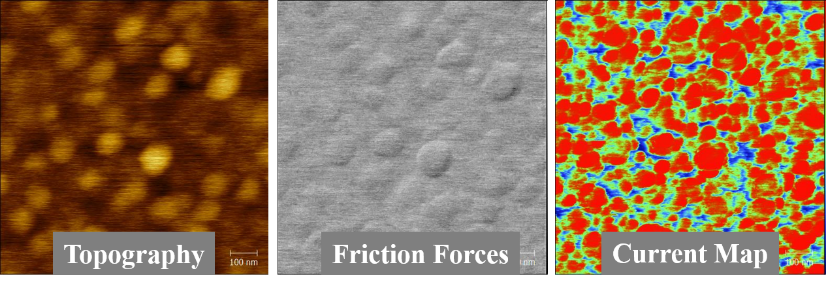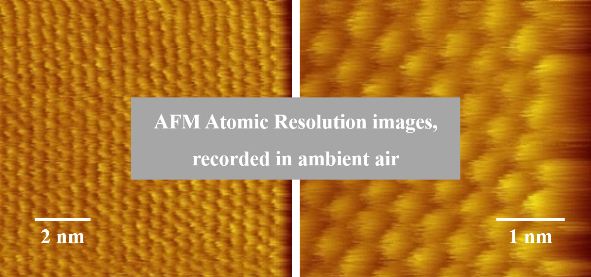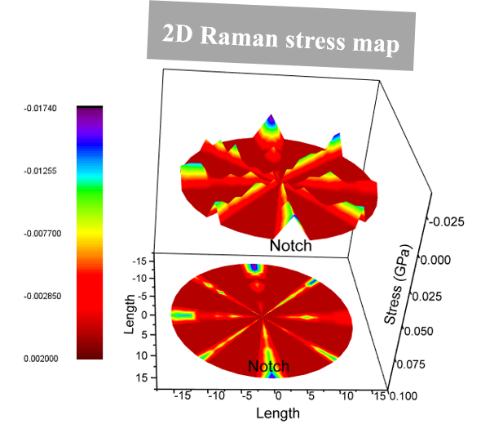COST Action 15107
Training School on Nanomaterials synthesis and advanced characterization techniques at nanometer and atomic scale
Center for Surface Science and Nanotechnology
University Politehnica of Bucharest
4th-7th June 2019
LOCAL ORGANIZERS:
Prof. Dr.rer.nat. Marius Enachescu


MultiComp is a COST Action designed to bring together theorists, experimentalists and industrialists in the field of nano-carbon materials technology. Although carbon nanotubes, graphene and Few-Layer Graphene (FLG) have been used to improve the properties of composite materials, two main problems remain to be solved before these composite materials can realize their full potential: (1) adequate dispersion of the nano-carbon reinforcement material, and (2) strong enough interfacial bonding between the nano-carbon reinforcement elements and the composite matrix. In addition to making modified MWNTs such as branched-MWNTs, the Action will explore other possibilities of strengthening composites by integrating FLG (using existing as well as unpublished methods); theoretical modelling of these nano-carbons and composites; due consideration and evaluation of the Health, Safety and Environmental implications; making and testing composites e.g. mechanical and electrical/thermal, HRTEM of interphases, voltage-contrast SEM of percolation networks, sensing and photocatalytic properties; development of new composite materials with Electronic and Multi-Functional properties.
VENUE:
Welcome to Romania
Situated in South-Eastern Europe, Romania is bordering the Black Sea, between Bulgaria and Ukraine, and according to Jeremy Clarkson during an episode of Top Gear, Romania has the most beautiful driving road in the world – Transfagarasan!
Romania is home to many inventors and scientists, like Henri Coanda, inventor of the modern jet engine, Petrache Poenaru who invented the fountain pen, or Aurel Vlaicu, one of the pioneers of aviation, to name just a few. At the same time, Romania can be proud of the 4 Nobel Prize laureates: George Emil Palade for Medicine, Elie Wiesel for Peace, Hertha Muller for literature and, most recently, Stefan Hell for Chemistry.
Welcome to CSSNT-UPB
The CA 15107 Training School on Nanomaterials synthesis and advanced characterization techniques at nanometer and atomic scale will take place at the library building of University Politehnica of Bucharest.

University Politehnica of Bucharest (UPB), with over 200 years of history, is the largest and the most important university of engineering sciences in Romania. The UPB’s mission is mainly focused on the development of sustainable excellence in both, education and scientific research, in various fields such as engineering and applied sciences, business environment, etc. Politehnica has around 1400 academic and research staff members. The university is also housing 47 independent research centers amongst which, the highest ranked is the Center for Surface Science and Nanotechnology (CSSNT).

The CSSNT is a relatively young nanofoundry operating at the forefront of nanoscience and nanotechnology, being established in 2011 within the University Politehnica of Bucharest (UPB), by Professor Dr.rer.nat. Marius Enachescu, an internationally recognized pioneer in designing and building STM-AFM systems as basic instruments for surfaces investigations at atomic and nano-scale.

The center’s experimental research is carried by leading synthesis and characterization of the next generation of micro- and nano-materials, micro- and nano-structures, and by the fabrication of micro- and nano-devices through its state-of-the-art equipment.

Using its originally designed laser ablation reactor, CSSNT-UPB produces a wide variety of promising, high quality and purity carbon based nanomaterials, e.g. single wall carbon nanotubes, carbon nano-onions and graphene, etc. For more details about the carbon based nanomaterials synthesized in CSSNT please click this link.

For an exhaustive understanding of the materials, CSSNT-UPB employs multiple surface and sub-surface characterization methods at nanometer and atomic scales, that are enabled through its 14 world-class laboratories, two of which are unique in Europe. More details about the characterization techniques used in CSSNT can be found here.

CSSNT is also dealing with the fabrication of various nanostructures and nanodevices, facilitated by itsE-Beam Lithography (EBL) system. In more detail information could be found about the nanodevices fabrication could be found here.
Moreover, CSSNT has recently empowered its infrastructure with an advanced Platform for micro-/nano-manipulation, micro-/nano-characterization (in situ nano-indentation in the SEM) and micro-/nano-fabrication of micro-/nano-materials and micro-/nano-devices.


CSSNT has a wonderful history of many successful research partnerships with global industry and academia entities such as STMicroelectonics (STMi)-Italy, STMi- Grenoble, STMi-Malta, Okmetic, Scuba Probe Technologies Corporation, aBeam Technologies Corporation, Lawrence Berkeley National Laboratory, Weizmann Institute of Science, TUM, Holon Institute of Technology, Umeå University, and Porto University, to name a few. More details about the PROJECTS that CSSNT was and/or is involved in could be found here.

CSSNT-UPB believes that scientific research of an exceptional level is done by bringing together individuals from different fields of expertise, with common goals. You can find details about our recently organized CA 15107 Bucharest Fall Meeting.

CSSNT, by offering a wide variety of Master, PhD and Post-Doc programs/opportunities, access to top facilities, support from internationally recognized experts and a friendly atmosphere, is also dedicated in helping internal/external students to create success stories.
Therefore, if you are curious, if you like to solve the “why” questions, if you would like to “play” with the latest nanoscience and nanotechnology tools, then CSSNT is your next CAREER move! For more details, please do not hesitate to contact Marius Enachescu at: marius.enachescu@cssnt-upb.ro.